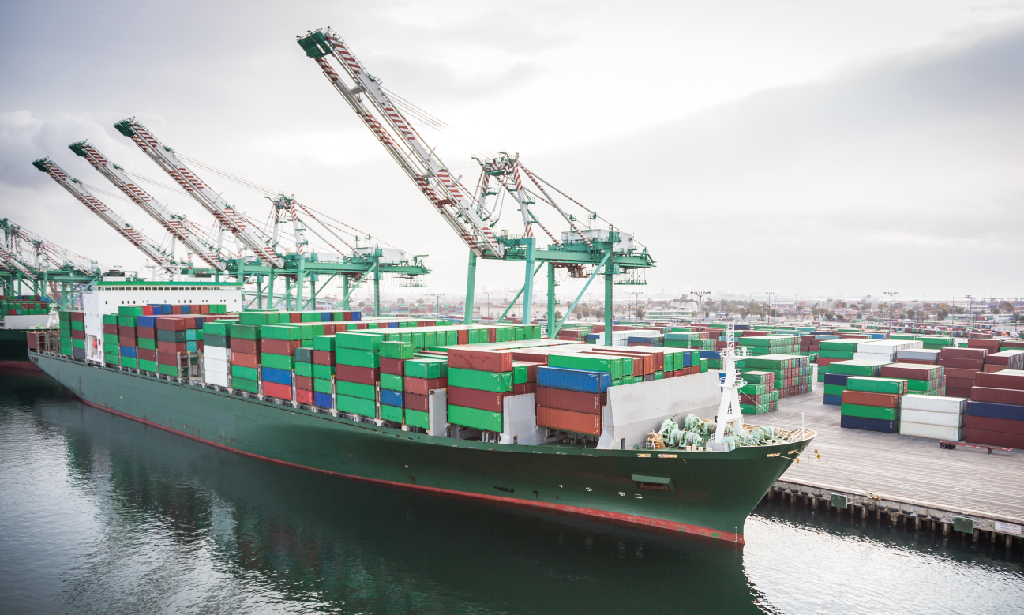Cargo securing does not only care for the people involved in the loading, unloading, or driving of the vehicles, but also for the other people on the road.
When it comes to protecting people, it is important to be knowledgeable about the standards and techniques that exist.
During the transport it is necessary to prevent sliding, tilting, rolling, swaying, substantial deformation and rotation of all load elements in any direction. There are different methods of securing, but how do you know which to use in each case?
The regulations on this subject are extensive and detailed, but in this article you will find some recommendations and differences of use.
Stowage is applied to obtain the adequate placement and distribution of the goods in a cargo transport unit (CTU), i.e. a container, a truck box, etc., or in a transport vehicle.
Transport units are particularly sensitive to the position of the centre of gravity of the load, due to the axle loads. It is therefore important to know that, if the resistance of the packaging allows it, liquid goods must always be stowed under the solid ones. As well as light loads always on the top of the heavy ones.
In road transport, the most common attachments are straps or chains. All these types of attachments can only transfer tensions and forces. The maximum permissible tensioning force is expressed in AC, that is in a adhesion capacity.
The attachment points are solid materials, but we would like to share with you some recommendations that will help you keep them in good condition :
- Do not load the lashing straps beyond your LC.
- Don’t make knots in the lashing straps.
- Before storage, the straps must be inspected for any damage that may have occurred during their use. If there is any damage, do not take any chances.
- Do not use lashing straps for lifting loads.
- Store it in a clean, dry and well-ventilated environment at room temperature (e.g. on a shelf).
- If they have become wet during their use, or if they have been cleaned, allow them to dry naturally.
- Do not place any loads on the lashing strap.
Remember that, according to EU Directive 2004/47, it is established that the spaces between the different packages that form part of the load cannot exceed more than 15 centimetres. If there are any spaces, they must be filled in with pallets or any solid material.At Webtrans we believe that road transport of goods is the backbone of the European transport and logistics. That is why we are always at your side, with information and recommendations that may be useful. Our objective is always to simplify your logistic work.
Sources:
Tips to keep in mind when securing the load with ties
Recommendations for mooring and stowage of loads
What is loading, stowing, or holding a load?
What is Stowage? Proper placement and distribution of merchandise
Know all our services, take a look at our website.

